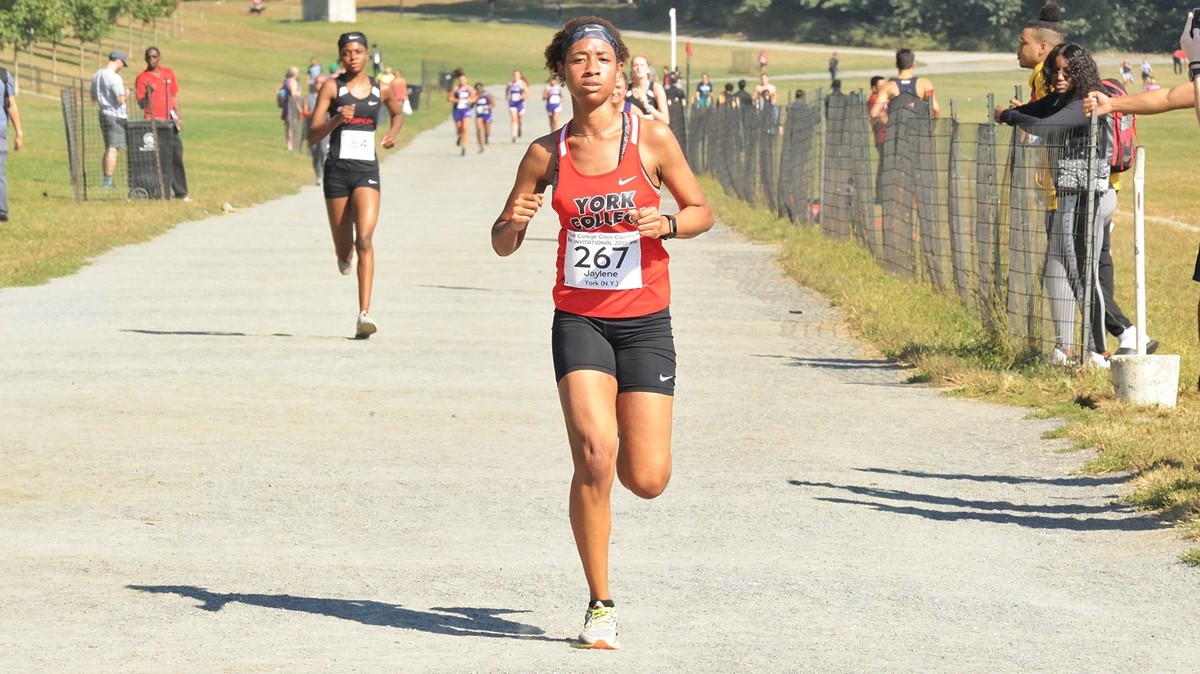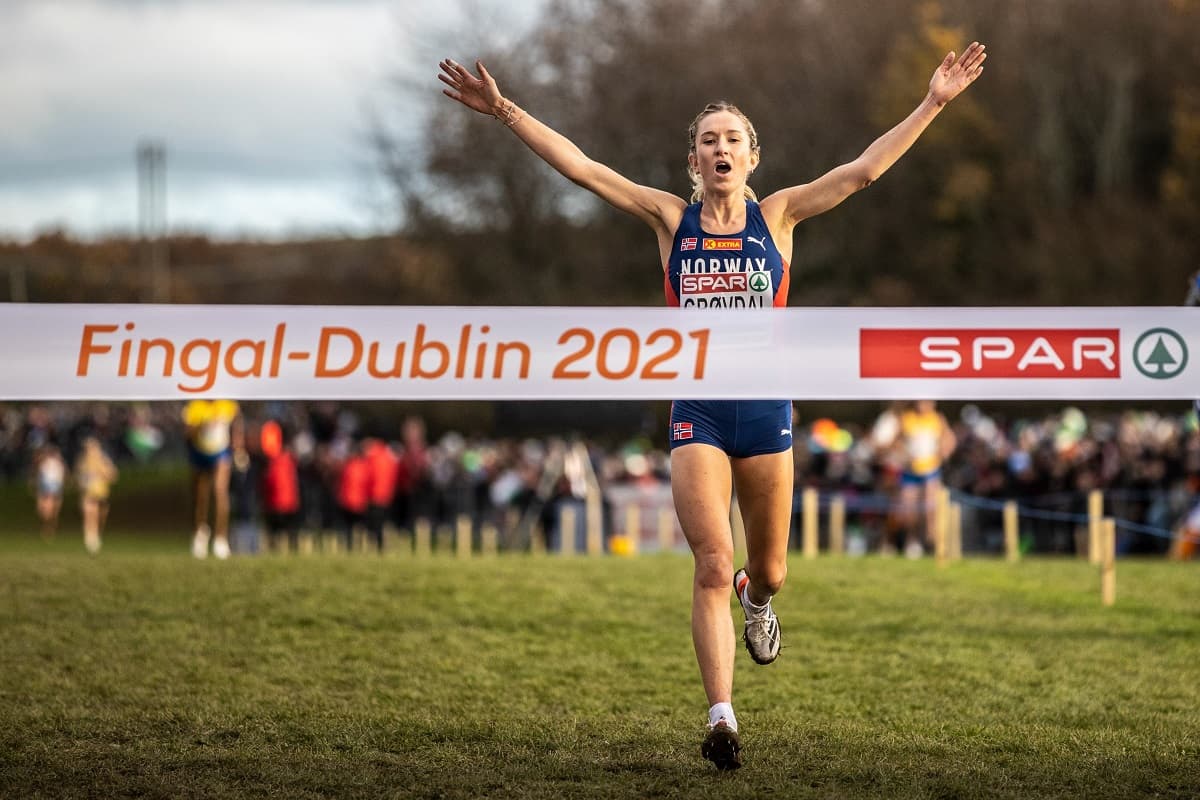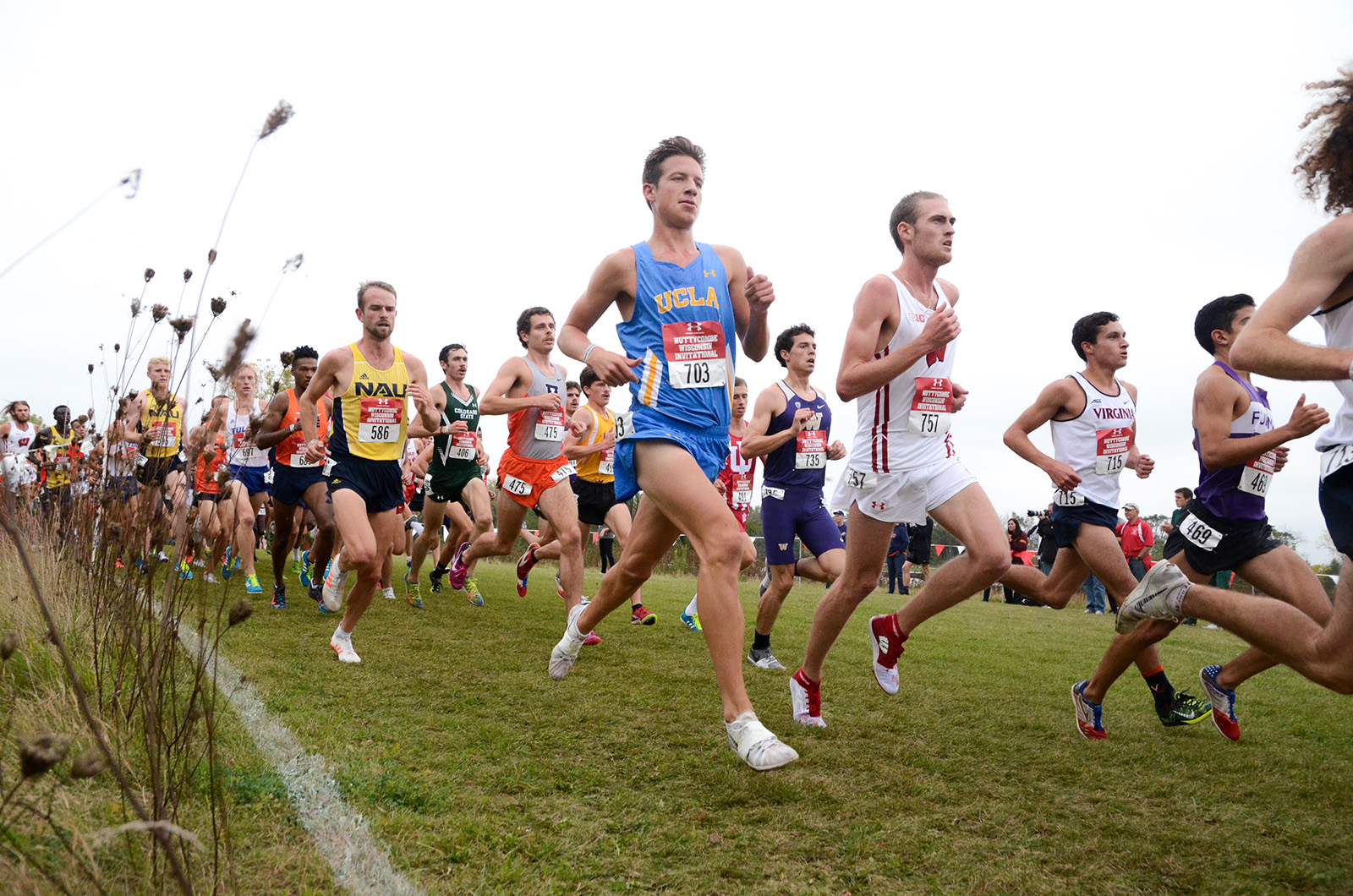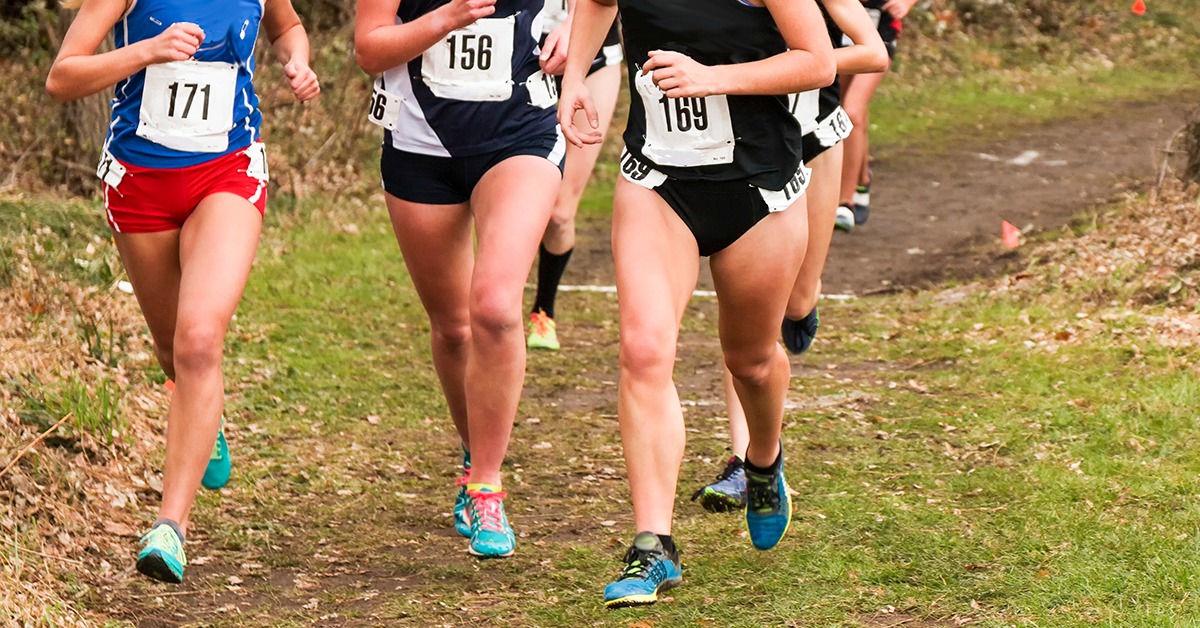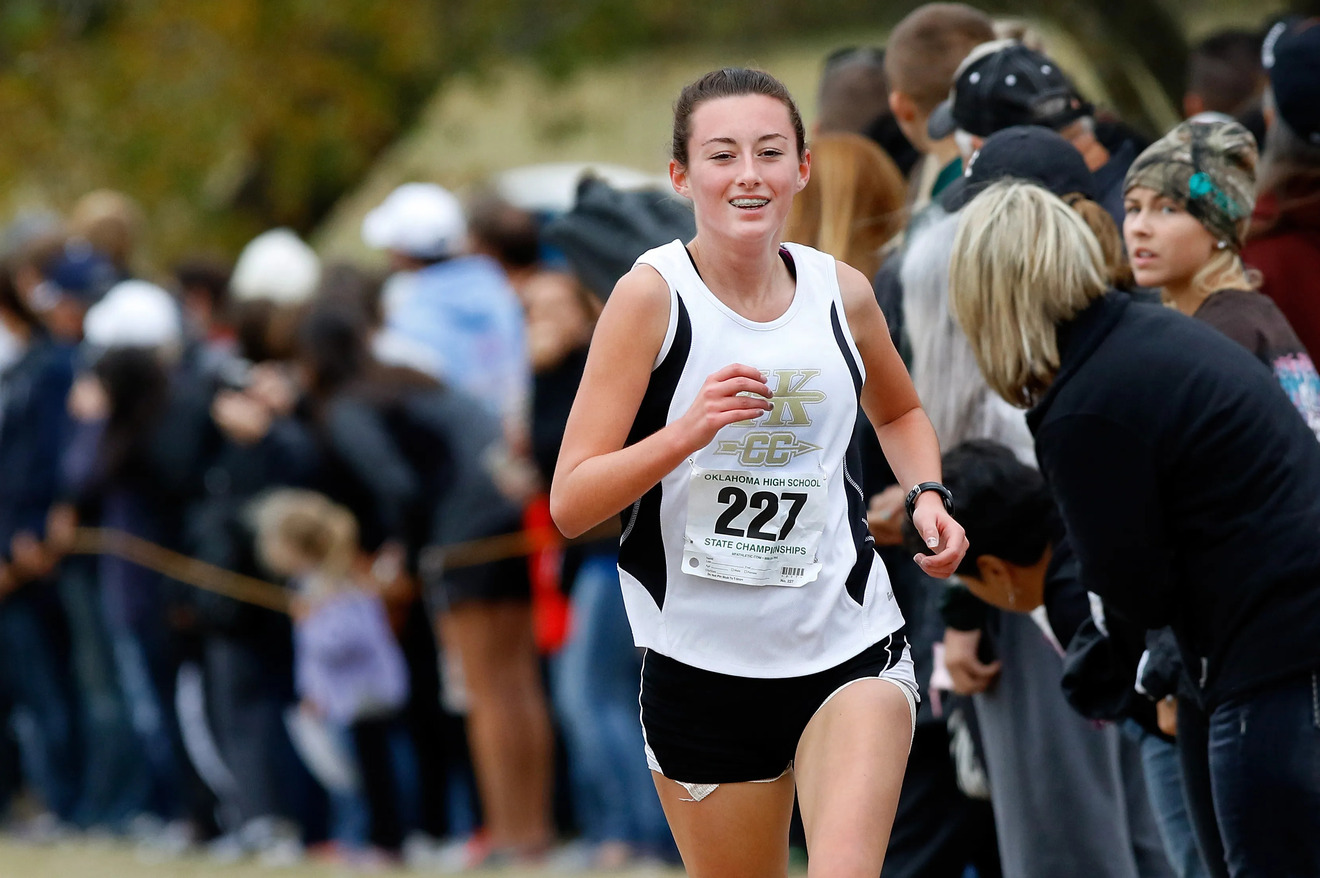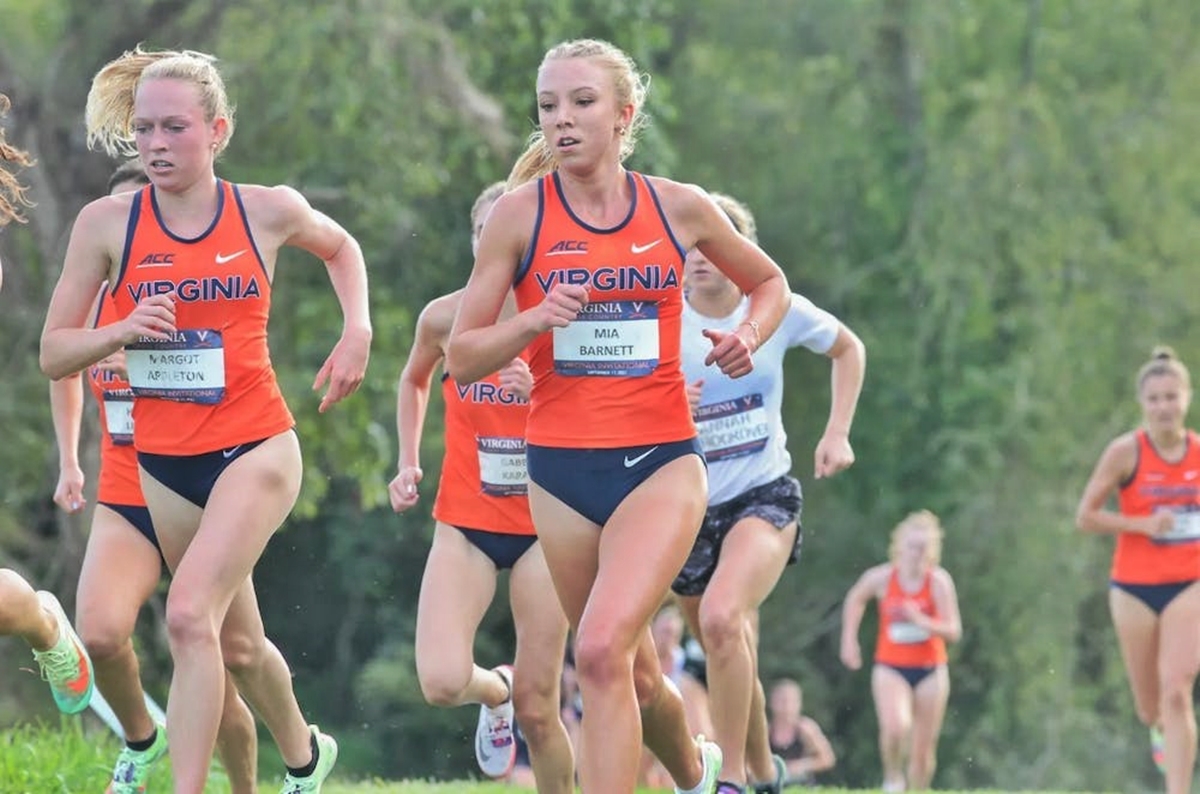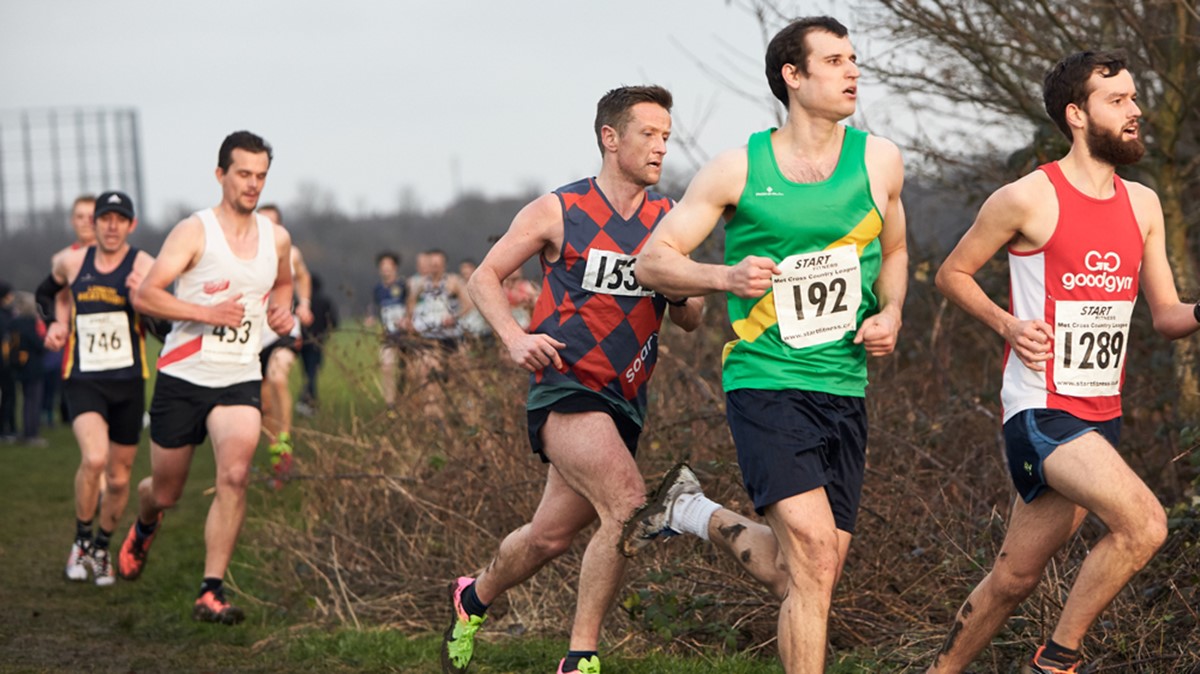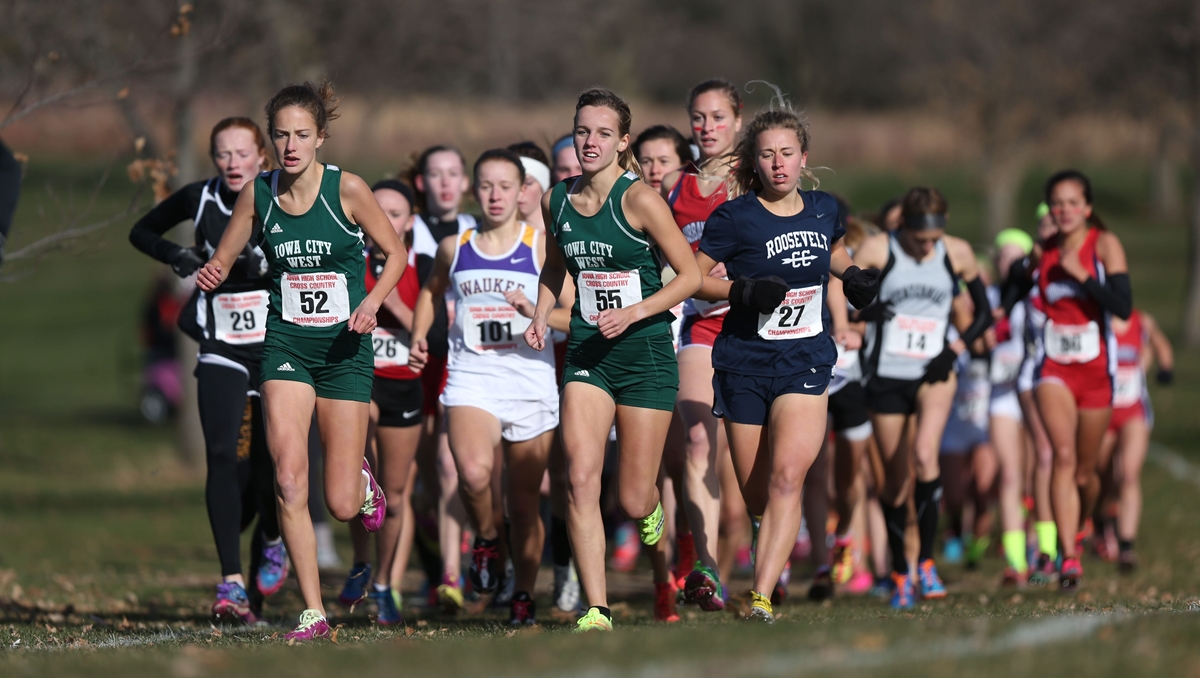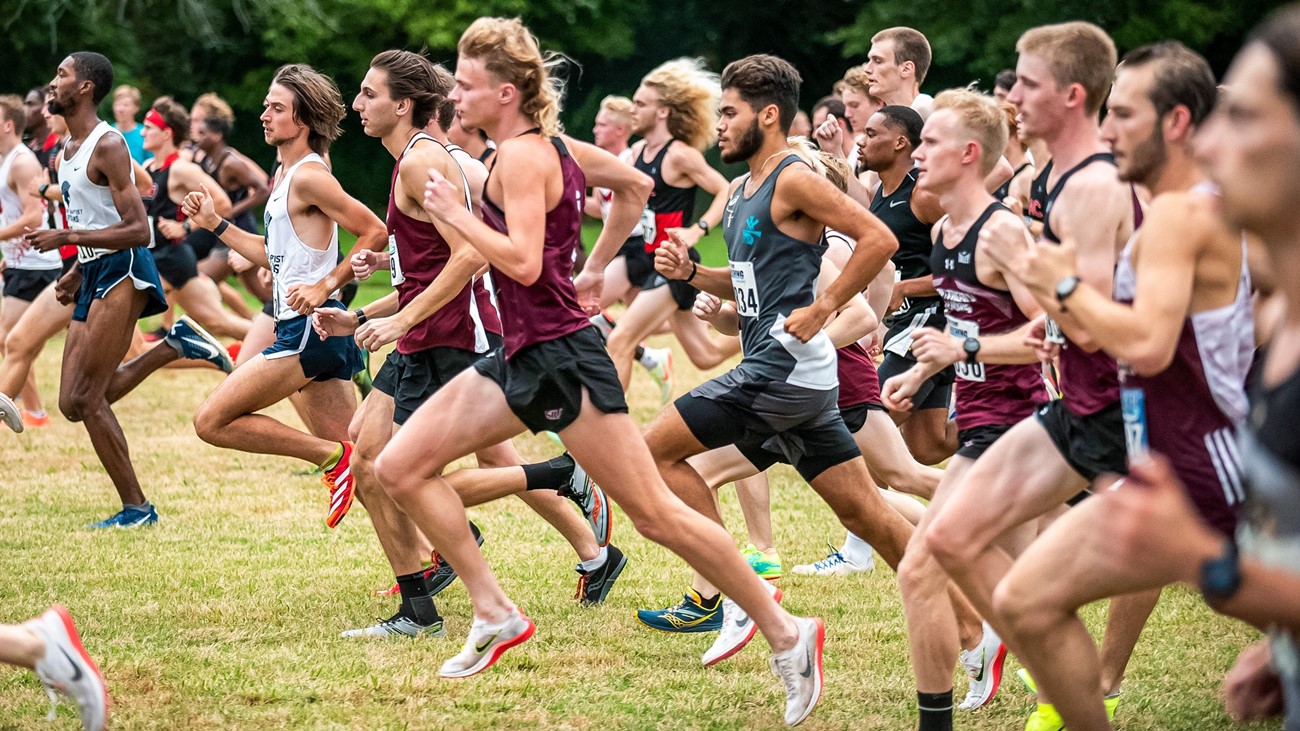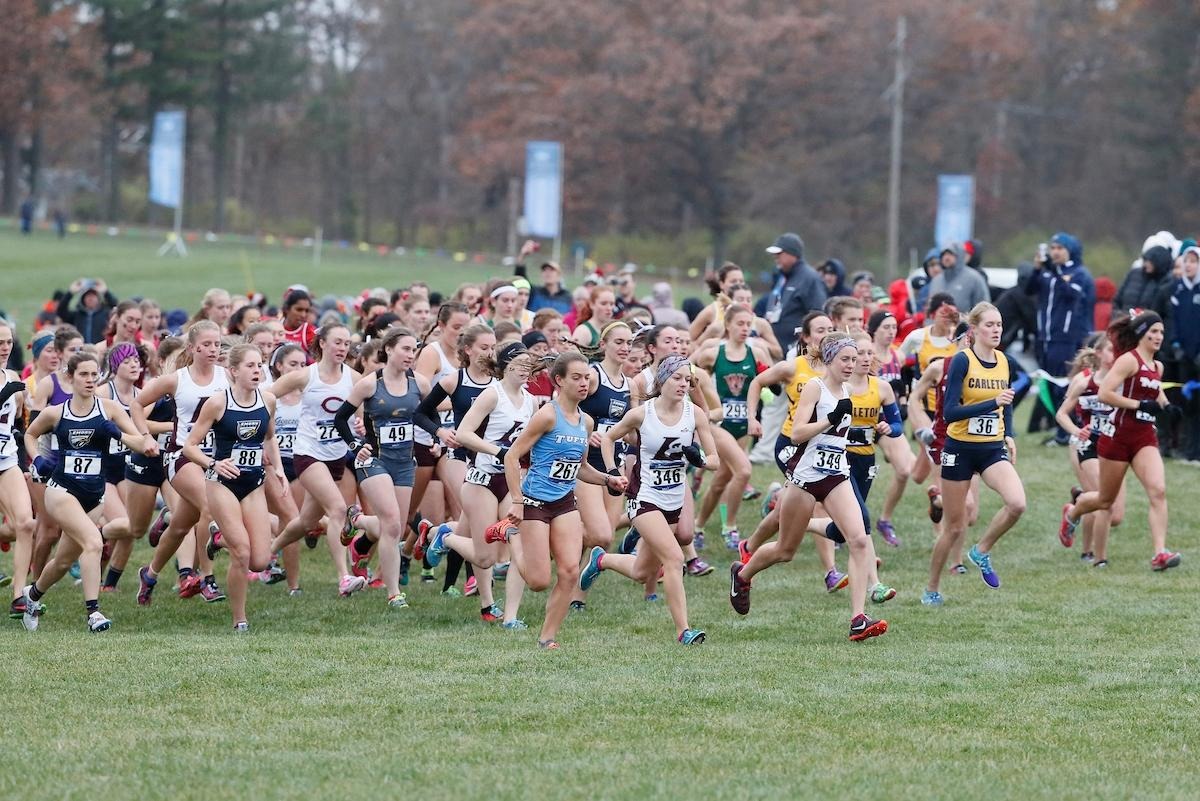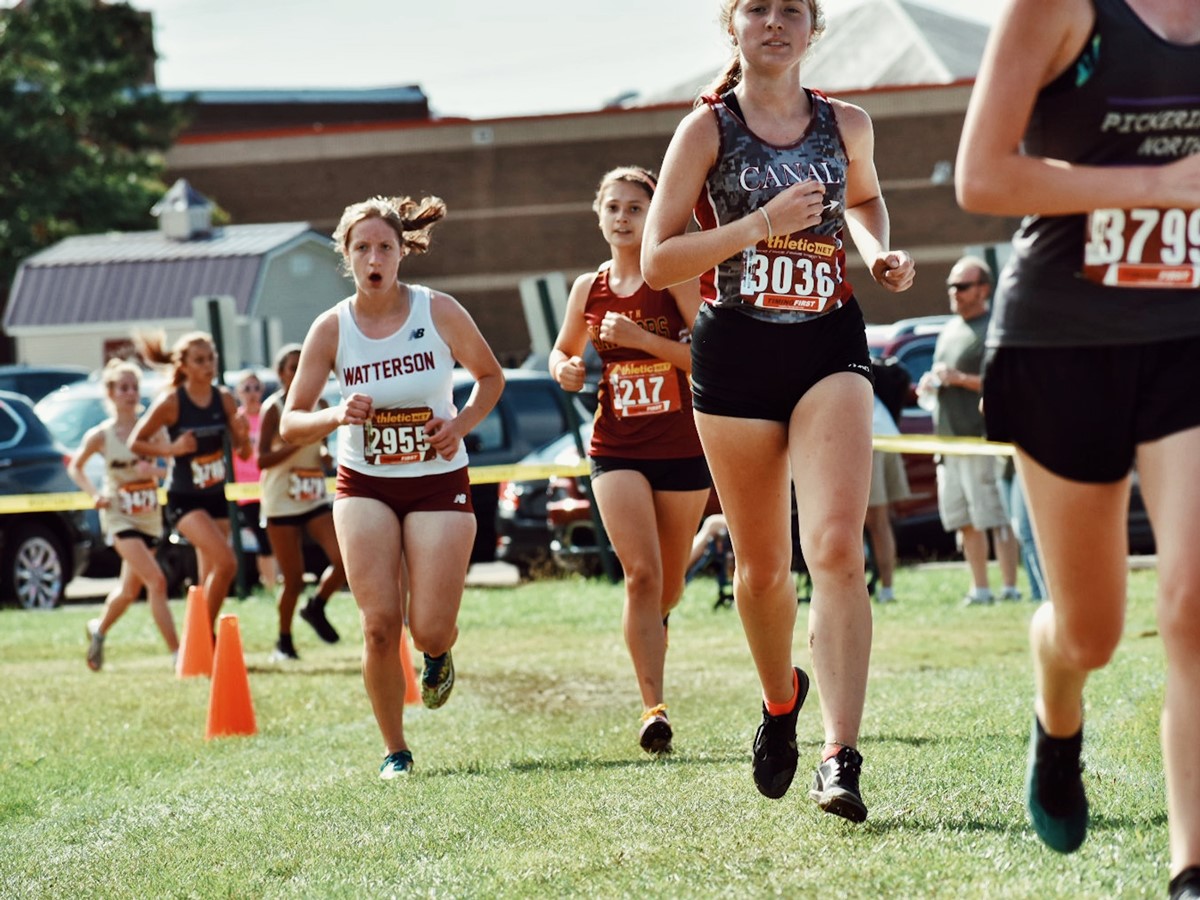

Featured
How Do They Score Cross Country Meets
Modified: August 18, 2023
Learn how cross country meets are scored and find out the key elements that determine the results. Discover the featured methods and strategies used by teams and athletes in this exciting sport.
Introduction
When it comes to cross country meets, it’s not just about who crosses the finish line first. Scoring plays a crucial role in determining the success of both individual runners and teams. Understanding how they score cross country meets is essential for athletes, coaches, and spectators.
Cross country scoring is a complex system that takes into account various factors, such as individual performance, team cohesion, and strategic planning. Each race involves a large number of participants, making it necessary to establish a fair and efficient way to determine rankings and winners.
In this article, we will delve into the scoring system used in cross country meets, explore the factors that can affect scoring, and examine both individual and team scoring methods. Additionally, we will uncover the tiebreakers used when two or more runners or teams achieve the same score.
So, whether you’re a seasoned cross country enthusiast or new to the sport, let’s dive into the fascinating world of cross country scoring and discover what it takes to come out on top in one of the most challenging and rewarding athletic endeavors.
Scoring System
The scoring system in cross country meets is based on assigning points to individual runners and teams based on their finishing positions. The lower the score, the better the performance. The scoring system is designed to reward individual excellence while also promoting team success.
In most cross country meets, the scoring system follows a descending order, with the first-place finisher receiving one point, the second-place finisher receiving two points, and so on. The points for the top five or seven finishers from each team are then added together to determine the team’s score.
For example, in a race with a scoring limit of five, if a team’s top five finishers finish in 1st, 5th, 10th, 15th, and 20th place, their total score would be 51 (1+5+10+15+20). The team with the lowest cumulative score wins.
This scoring system not only rewards individual runners who excel but also emphasizes the importance of having a strong team. Even if a runner finishes well individually, their performance can be overshadowed by a lower-scoring team.
It’s worth noting that not all cross country meets use the same scoring system. Some meets may have different scoring limits, such as the top seven finishers instead of the top five. Additionally, some meets may assign points to all finishers, not just the top few. These variations add an element of flexibility and allow organizers to tailor the scoring system to meet the specific needs of the event.
Now that we understand the basic principles of the scoring system in cross country meets, let’s explore the factors that can affect an individual’s scoring.
Factors Affecting Scoring
Various factors can have an impact on an individual’s scoring in a cross country meet. These factors can determine the overall performance of a runner and their contribution to the team’s success. Understanding these factors is crucial for athletes and coaches to strategize effectively and optimize their scoring potential.
Course Conditions: The condition of the course, including weather, terrain, and the presence of obstacles, can significantly affect scoring. Challenging courses with hills, mud, or uneven surfaces can slow down runners and impact their finishing positions.
Start Position: The position from which a runner starts the race can play a role in their scoring. Being closer to the front at the starting line gives runners an advantage, as it allows them to break away from the pack and secure a better position throughout the race.
Pacing Strategy: The strategy a runner employs during the race can influence their scoring. Starting too fast and burning out early can result in a drop in finishing position, while pacing oneself strategically can lead to a stronger finish and a better score.
Fitness Level: The fitness level of a runner is a crucial determinant of their scoring. Athletes who are well-conditioned and have trained rigorously are more likely to perform better and achieve a higher finishing position, contributing to a lower score.
Mental Strength: Cross country races are mentally demanding, and a runner’s mental strength can impact their performance and scoring. Maintaining focus, staying motivated, and overcoming fatigue or pain can help runners push through and achieve better results.
Race Tactics: The strategic decisions made during a race can affect scoring. Choosing the right time to surge ahead, strategically overtaking opponents, and maintaining a strong kick at the finish line can all contribute to a better finishing position and lower score.
Competition Level: The level of competition in a cross country meet can also influence scoring. Facing stronger opponents can push runners to perform at their best, potentially resulting in higher finishing positions and lower scores.
By taking into account these factors, runners and coaches can better understand the dynamics of scoring and tailor their training and strategies to optimize their performance in cross country meets.
Individual Scoring
In cross country meets, individual scoring is based on the finishing position of each runner. The lower the finishing position, the better the individual score. Individual scoring recognizes the outstanding performances of runners and provides a basis for ranking individuals within a race.
Individual scoring creates a sense of competition among runners and motivates them to strive for personal excellence. It also allows spectators and coaches to evaluate the performance of individual athletes and track their progress over time.
In most cross country meets, the top runners are awarded points based on their finishing positions. The first-place finisher receives one point, the second-place finisher receives two points, and so on. The points are tallied to determine the individual scores.
It’s important to note that individual scores may not always reflect the true capability or skill level of a runner. Factors such as course conditions, competition level, and race tactics can all impact individual scores.
Individual scoring in cross country meets serves as a basis for recognizing exceptional individual performances within a race. It highlights the achievements of runners who excel and set themselves apart from their competitors.
Next, let’s explore how team scoring is calculated in cross country meets.
Team Scoring
In cross country meets, team scoring is a critical component that emphasizes the collective performance and success of a group of runners. While individual scoring recognizes outstanding individual performances, team scoring reflects the overall strength and depth of a team’s runners.
Team scoring is typically determined by adding up the scores of the top finishers from each team. The team with the lowest cumulative score is declared the winner. This scoring methodology promotes team unity and encourages runners to support and push each other to achieve their best.
For instance, if a cross country team has five runners, and their top five finishers place 1st, 5th, 10th, 15th, and 20th overall, their team score would be 51. The team with the lowest overall score wins the meet.
Team scoring is an essential aspect of cross country meets because it reflects the combined effort and performance of a team as a whole. It showcases the importance of depth and consistency within a team, rather than relying on a single standout runner.
Team scoring also adds an exciting element of strategy and teamwork to the sport. Runners may strategically position themselves during the race to support their teammates or employ tactics to outscore rival teams.
Additionally, team scoring encourages runners to strive for not only their individual best but also to contribute to the overall success of the team. This fosters a sense of camaraderie and shared goals among teammates, leading to a stronger and more competitive team.
Now that we have explored how team scoring works, let’s move on to understanding tiebreakers in cross country meets.
Tiebreakers
In cross country meets, tiebreakers come into play when two or more runners or teams achieve the same score. Tiebreakers are used to break the deadlock and determine the final rankings or winners.
When individual runners tie in scoring, tiebreakers are typically determined based on their head-to-head performance. The runner who finished ahead of the other runner in a previous race or races will be ranked higher. If head-to-head results are inconclusive, other factors such as finish line photos, chip timing, or a separate tiebreaker race may be used to determine the final ranking.
Team tiebreakers also vary depending on the specific rules of the meet. Common tiebreakers include comparing the finishing positions of the teams’ sixth or seventh runners, who may not have initially counted towards the team score. The team with the better finishing position from their non-scoring runners will win the tiebreaker.
In some cases, the total combined time of the top scorers from each team can be used as a tiebreaker. The team with the lower cumulative time would be awarded the higher rank or declared the winner.
Tiebreakers are an important element of cross country meets as they ensure fair and accurate rankings, especially in cases where individual or team performances are closely matched. These tiebreakers add an additional layer of excitement and suspense to the competition, as athletes and teams wait to see the final outcome.
Now that we have explored tiebreakers in cross country meets, let’s summarize the key points discussed in this article.
Conclusion
Understanding how cross country meets are scored is vital for athletes, coaches, and spectators alike. The scoring system in cross country rewards both individual excellence and team cohesion. By assigning points based on finishing positions, runners are motivated to perform their best, while team scoring emphasizes the collective effort and strength of a group.
Various factors can affect scoring in cross country meets, including course conditions, start positions, pacing strategies, fitness levels, and race tactics. These factors highlight the dynamic nature of the sport and the need for athletes to adapt and strategize effectively during races.
Individual scoring recognizes outstanding performances and allows for individual rankings within a race. On the other hand, team scoring reflects the overall strength and depth of a team’s runners, promoting team unity and collaboration.
In the event of a tie, tiebreakers are used to determine the final ranking or winners. Head-to-head performance, additional race data, or the total combined time of top scorers are some commonly used tiebreaking methods.
Overall, cross country scoring is a comprehensive system that brings together individual achievements and team success. It adds an element of competition, strategy, and camaraderie to the sport, making cross country meets exciting and memorable events for athletes and spectators alike.
So, whether you’re a cross country enthusiast or new to the sport, understanding how cross country meets are scored will enhance your appreciation for the athletes’ performances and the dynamics of team competition.
